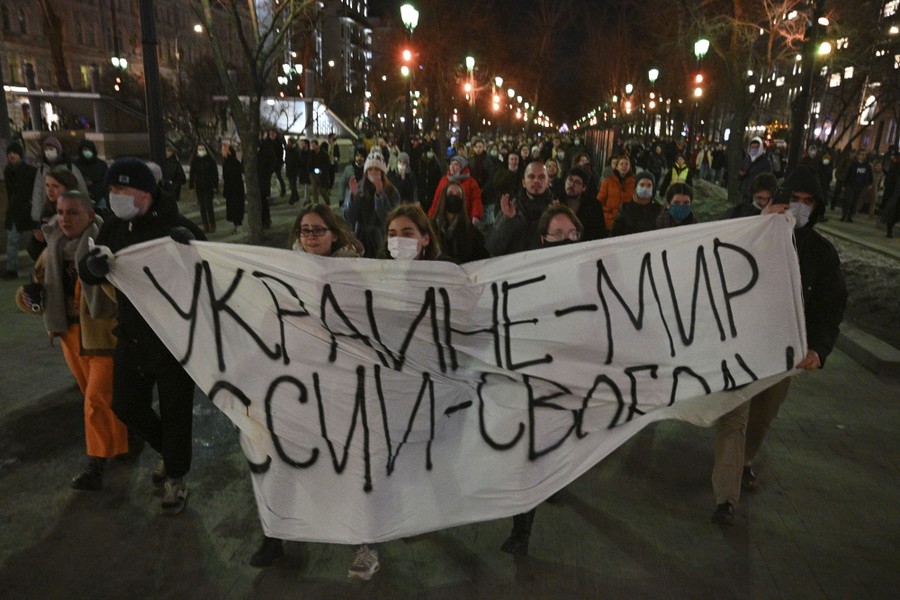A review of:
Anti-Nazi Germans, in two parts: Enemies of the Nazi State from within the Working Class Movement by Merilyn Moos and German Volunteers in the French Resistance by Steve Cushion, (Community Languages in association with the Socialist History Society, London, 2020)
Martin Monath: A Jewish Resistance Fighter Among Nazi Soldiers, by Nathaniel Flakin, (Pluto Press, London, 2019)
A House in the Mountains: The Women Who Liberated Italy from Fascism, by Caroline Moorehead, (Chatto & Windus, London, 2019)
When it comes to resistance to Hitler from within Germany we tend to think of the failed July 1944 assassination attempt when a bomb was planted by the aristocratic German army officer Claus von Stauffenberg. Such thinking reflects that little recognition has been given to the considerable efforts by the German left, mainly by the Communist Party (KPD), to resist the Nazis from when Hitler came to power on 30 January 1933. Related to this oversight, we associate the concentration camps only with the Holocaust, but it should not be forgotten that before Jews were herded into the death camps from 1942 they were used to incarcerate communists and all oppositionists from 1933.
The objective of fascism is to destroy the working class movement. On getting state power the Nazis launched a reign of terror: extra-judicial murders, judicial executions and “protective custody” – imprisonment without trial. Moos says:
As many as 200,000 political prisoners were detained in 1933. For the SA [Nazi Stormtroopers], membership of the KPD was sufficient grounds to be taken into protective custody. Sixty thousand communists were imprisoned in 1933-34 and 2,000 murdered; in 1935, the Nazi authorities arrested 15,000 communist resistance fighters. From the beginning of 1933 until the end of 1935, almost 3,000 trials were conducted against at least 18,243 communists.
The tragedy was that had there been working-class united action the Nazis would never have got hold of state power. In the November 1932 general election, the last free elections before Hitler was appointed Chancellor, the Communist and Social-Democratic Party vote combined was more than the fascists’. As it was there was no resistance called by the KPD or the SDP to Hitler’s appointment, although there were some local demonstrations and strikes.
In its early years, the Communist International had developed the tactic of the united front; and, after Mussolini’s taking power in 1922, had come to an understanding of fascism and the mortal threat it was to the working class. However, from 1924, under the leadership of Stalin and his allies, these insights were dropped. The Communist International adopted a new ultra-left line in 1928 by which the threat of fascism was underestimated and social-democratic parties, ludicrously defined as social-fascist, were seen as the principal enemy. The KPD took up the ultra-left line with disastrous consequences.
Even after Hitler took power, the KDP leadership insisted for months that Nazi rule would collapse and the KPD would soon be leading a revolution. While all workers’ organisations were being smashed and made illegal the KPD leadership and the Communist International did not recognise the historic defeat taking place. The KPD’s heroic attempts to carry on political activity amongst the working-class masses only made the Gestapo’s job easier than it might have been. The party was slow to adopt appropriate underground tactics.
Merilyn Moos’ comprehensive account is informative on all strands of working-class resistance to the Nazi’s. Importantly, the politics that explain the action taken is not neglected. There are many mini-biographies included, which monotonously end with dates of arrest and execution. The inspiring bravery and political commitment of the resisters shines through the pages.
Steve Cushion’s account is also revelatory of unknown history. Like Moos’, it is full fascinating detail, including mini-biographies, and also set in good explanatory political context. There were German leftists in France who escaped from internment camps at the outbreak of war: refugees from Nazi Germany and survivors from the International Brigades who had fought fascism in Spain. Cushion’s introduction describes what is in store.
We shall not only examine the German guerrilla fighters in the hills and cities; there were many other ways in which German citizens aided the overthrow of the Nazi regime from outside the country. The Travail allemand, (TA, literally “German Work”), was an effort by German speakers to infiltrate the occupation authorities, to seek out information that could be of use to the French resistance or to the British or US Allies. This organisation, in which women and those of Jewish heritage played a prominent role, not only spied on the Nazi machine, they also carried out propaganda amongst the German troops encouraging resistance and desertion. In addition to these efforts organised by the exiled Kommunistische Partei Deutschlands (KPD – Communist Party of Germany), the French Trotskyists also attempted to spread propaganda amongst the German soldiers. A very high proportion of these infiltrators from both initiatives paid with their lives, but there was some success and a number of German soldiers were recruited as informants or persuaded to desert. However, the most important desertions were amongst the recruits to the SS from Eastern Europe who, from 1943 onwards, engaged in some spectacular mutinies often killing their German officers in the process.
Moos and Cushion have collated little-known and fascinating nuggets of working-class anti-fascist history.
Nathaniel Flakin’s biography Martin Monath dovetails nicely with Anti-Nazi Germans. Monath’s is a remarkable story brought to light by excellent in depth research. Monath, a man of numerous pseudonyms, was a Jewish German from Berlin.
It is 1 May 1933, a few weeks in to Hitler’s dictatorship. Flakin writes:
On this day, a guard stood watch in front of the house of the Zionist youth movement Hashomer Hatzair (Hebrew: The Young Guard) in East Berlin. A string led up to the third floor, where a bell was attached. Above a functionary of the group spoke about the significance of Karl Marx’s ideas. In this house the class struggle lived on, despite Hitler. … Had a gang from the Hitler Youth showed up, the guard would have rung the bell and the participants would have changed the subject.
That speaker on Karl Marx was the twenty-year-old Martin Monath. At that time Monath resisted Trotskyism, which was urged on him by his friend Paul Erhlich. Monath’s perspective was for a socialist Palestine. Two of his siblings were to settle there but he did not. In 1939 Monath found asylum in Brussels and it was there that he emerged as a Trotskyist, as did other former members of the left-Zionist Hashomer Hatzair.
In 1943 Monath moved to Paris. The Trotskyists’ perspective was for internationalist working-class unity for a socialist revolution. To this end, from July 1943, Monath and his accomplices produced a newspaper – Arbeiter und Soldat (Worker and Soldier) – which was circulated among German troops. There was some success in the port city of Brest, to where Monath would travel to lead a soldiers’ discussion circle; but soon the Gestapo pounced and the soldiers and local French Trotskyists rounded up and executed. In 1944 Martin Monath himself was arrested, shot twice and left for dead in Paris’ Bois de Vincennes public park. He was rescued and hidden in a hospital, but the Gestapo tracked him down just days before the insurrection began that liberated Paris in August ’44. In the chaos of the German withdrawal, there is no record of Monath’s certain execution.
Part 2 of the book is a translation of the six issues of Arbeiter und Soldat, a monument to Martin Monath and the internationalism of German and French Trotskyists. In this brief review I cannot do justice to this richly textured book.
The scene changes to northern Italy for Caroline Moorehead’s book, but it shares the theme of unearthing unknown history in the resistance to fascism; in this case the prominent part played by women based in the industrial city of Turin. This book, incidentally, serves as a general history of Italy during the course of the Second World War.
Moorehead is not a Marxist and the individuals at the heart of the story are drawn from a circle of middle-class intellectuals. Their political affiliation was to the liberal-minded Partito D’Azione (Action Party) whereas the dominant force in the resistance was the communists. Don’t let any of this put you off; this is good, informative, and well-written political history which any Marxist would benefit by.
While it is generally known that uprisings by the Italian resistance ousted the Italian fascists and German army from the northern cities in April 1945, the strength of this book is the depth achieved by concentrating on Turin, and its Piedmont hinterland, and a group of women resisters and their friends. This book has everything: informative on the barbarity of fascism, drama, enlightenment and politics. Most of all it reveals the truth, usually ‘hidden from history’, of women’s participation.
I highly recommend the three books reviewed. They provide an education of the kind that socialists do well to be armed with. They are also very good reads that cannot be put down. Anti-Nazi Germans may not be easy to find; email s.cushion23@gmail.com to get a copy from the authors.








